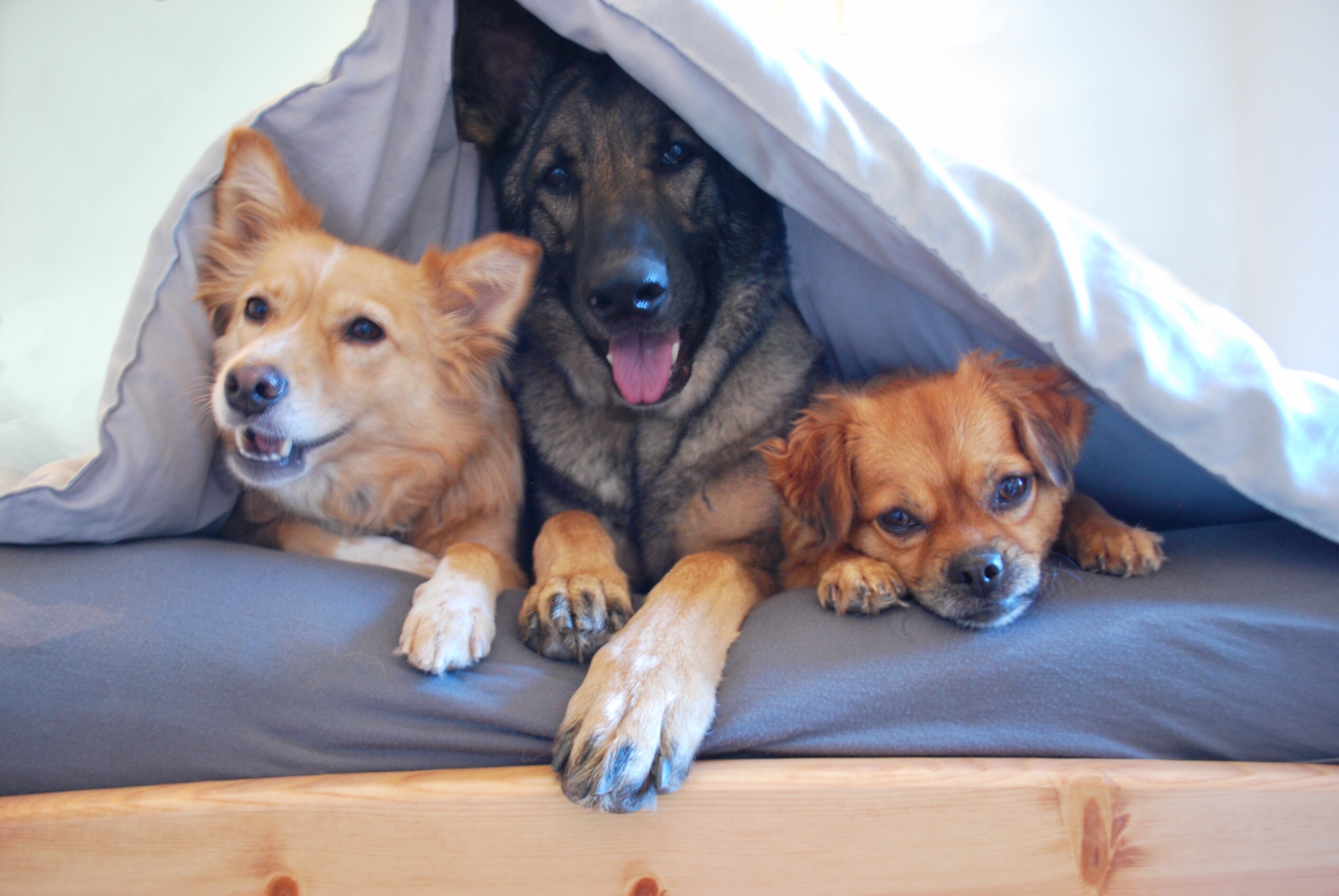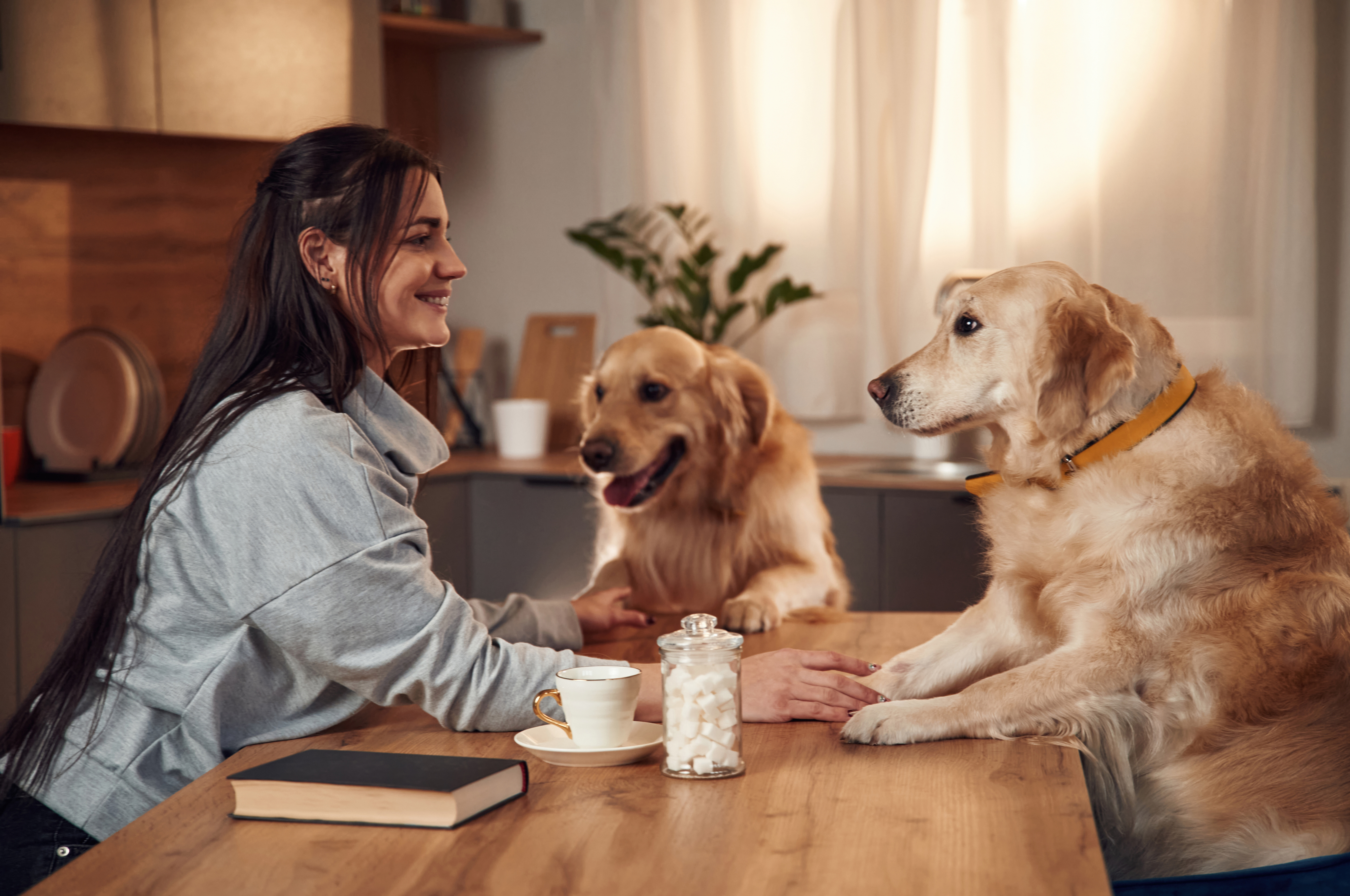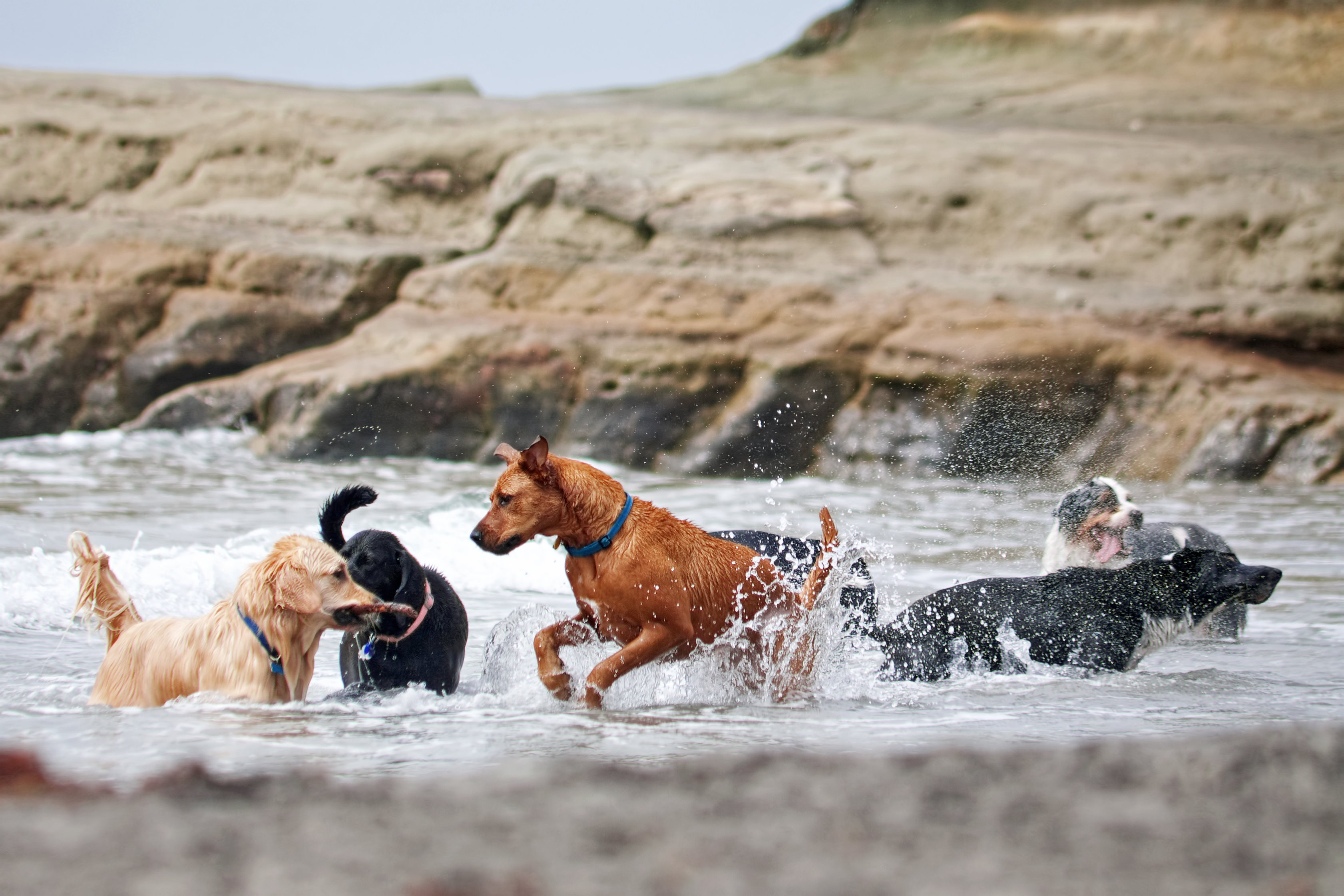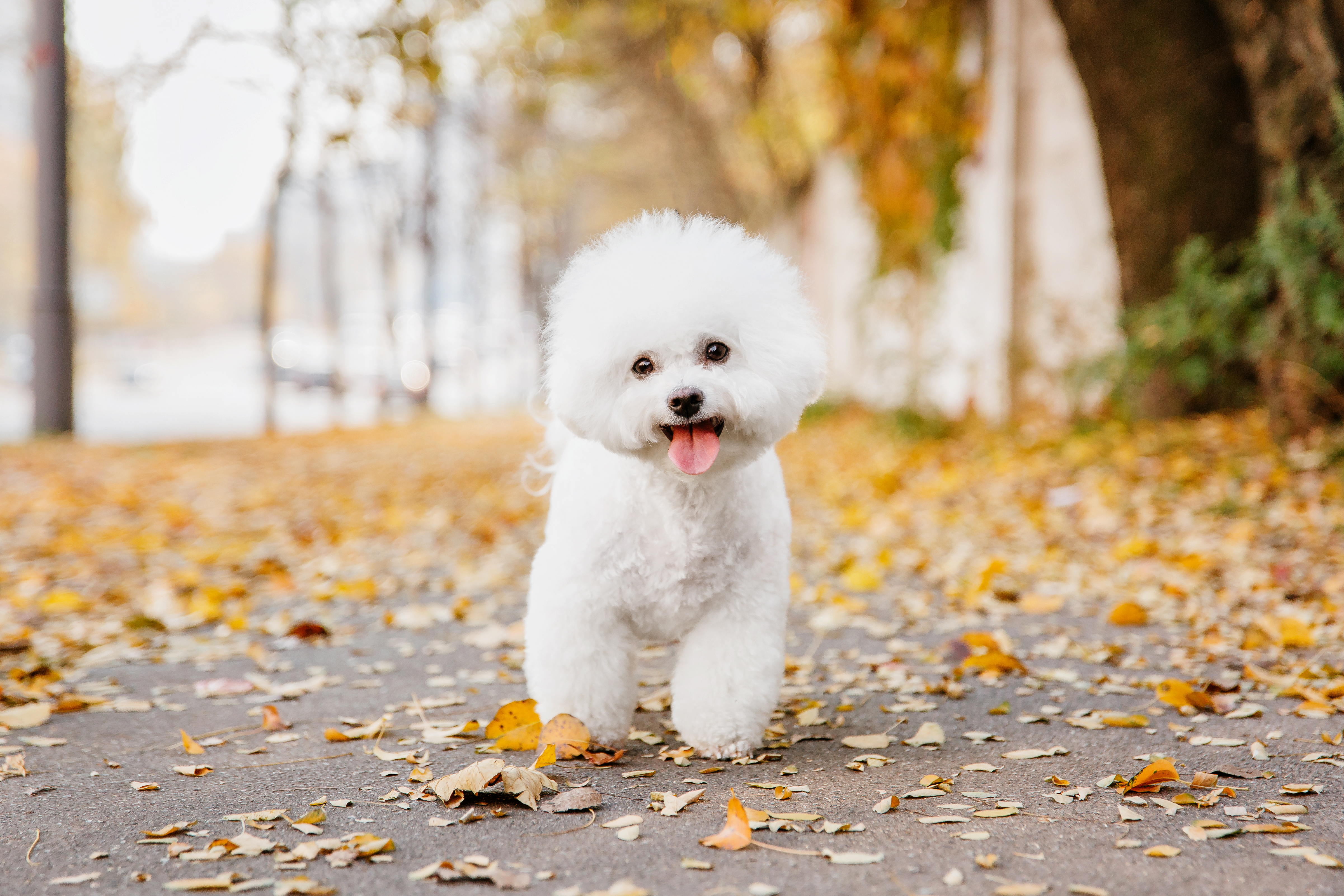10 Ways to Keep Your Dog Safe and Cool in Summer Heat
As the golden rays of summer begin to warm the earth, both humans and their canine companions look forward to enjoying the great outdoors. However, while summer brings opportunities for fun and adventure, it also poses unique challenges, especially for our four-legged friends. Dogs are particularly susceptible to heat-related issues, and as responsible pet owners, it is crucial to ensure their safety and comfort during the hotter months. This article will illuminate the path to a pawsitively cool summer with the top 10 tips for keeping your dog safe in the heat. By understanding and implementing these strategies, you can help your dog enjoy the summer while staying healthy and happy.
1. Hydration: The First Line of Defense
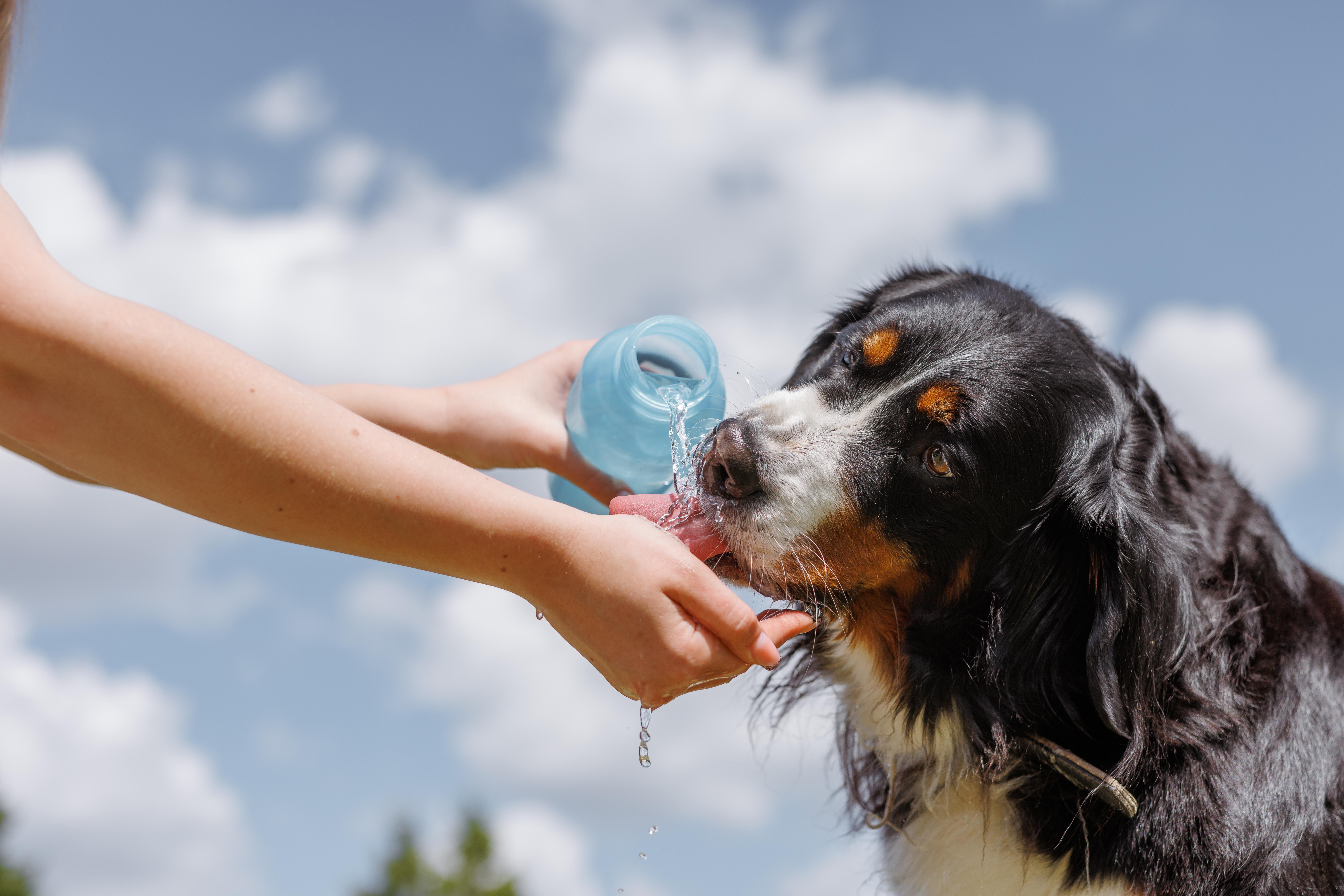
Hydration is the cornerstone of preventing heat-related illnesses in dogs. Just like humans, dogs need a steady supply of water to regulate their body temperature, especially during the sweltering summer months. Ensuring your dog has constant access to fresh, cool water is essential. Consider investing in a portable water bottle or bowl for outings, so your dog can drink at regular intervals.
Moreover, pay attention to the signs of dehydration. Dry gums, excessive panting, and lethargy can indicate your dog needs more water. On particularly hot days, adding ice cubes to their water bowl can help keep the water cool and enticing. You might also consider offering hydrating treats, such as watermelon or cucumber slices, which are safe for most dogs and provide an additional source of moisture. By prioritizing hydration, you lay a solid foundation for your dog’s safety and comfort throughout the summer.
2. Timing Outdoor Activities Wisely
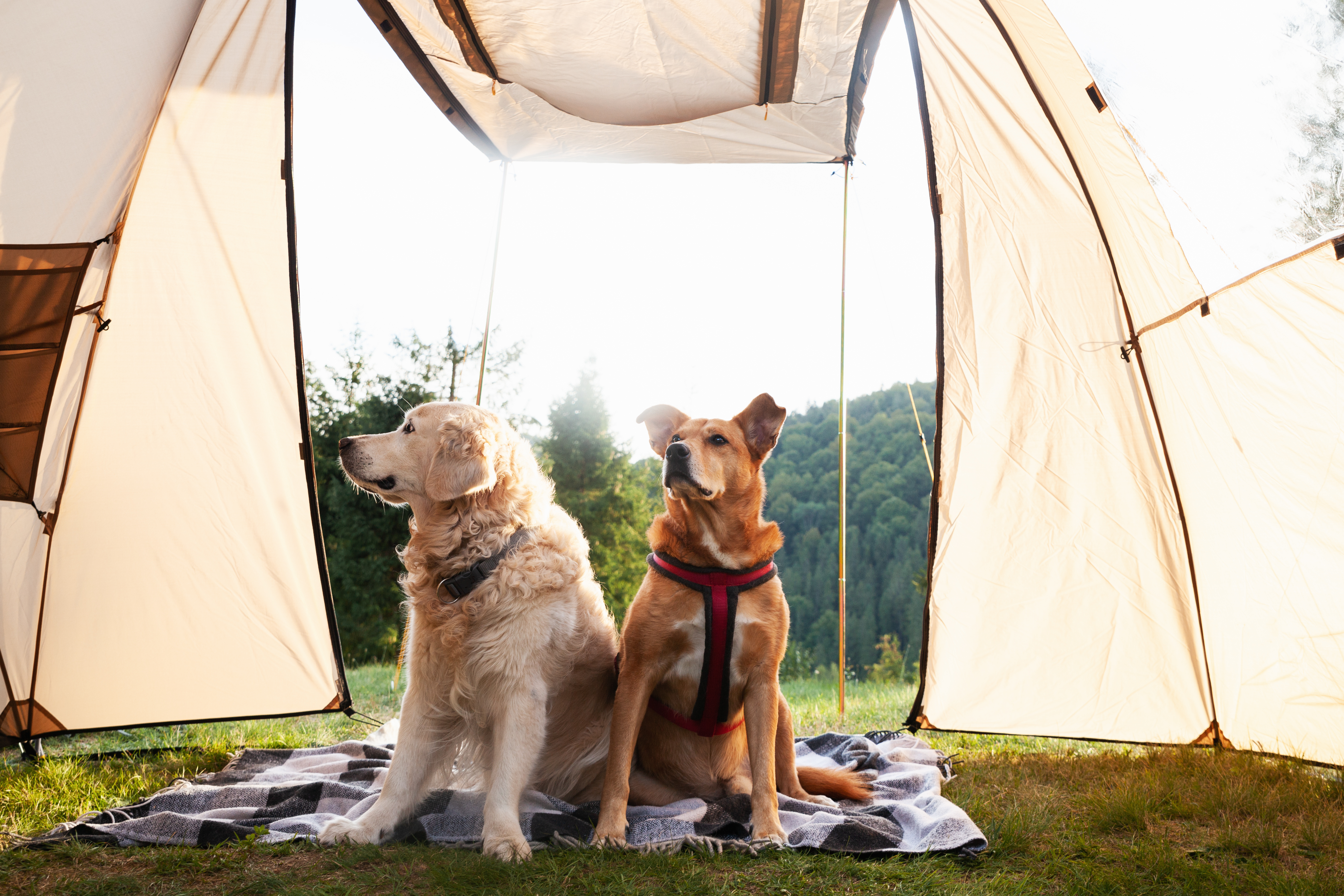
When planning outdoor activities, timing is everything. The sun’s rays are most intense between 10 a.m. and 4 p.m., making these hours the most dangerous for dogs to be outside. To protect your pet from overheating, schedule walks and playtime during the cooler parts of the day, such as early morning or late evening. This not only reduces the risk of heatstroke but also minimizes the chance of paw pad burns from hot pavement.
Additionally, consider the intensity and duration of the activities. Shorter, more frequent play sessions are preferable to long, strenuous ones. Pay attention to your dog’s behavior; if they seem tired or reluctant to continue, it’s best to head indoors. By being mindful of when and how long your dog is outside, you can help them enjoy their time safely without succumbing to the heat.
3. Providing Ample Shade

Even when outdoor activities are scheduled during cooler times, providing ample shade is crucial. Dogs can quickly become overheated if they are exposed to direct sunlight for extended periods. Creating shaded areas in your yard or choosing parks with plenty of tree cover can make a significant difference. Portable shade options, such as pop-up tents or umbrellas, are also useful for trips to the beach or park.
In addition to natural shade, consider cooling mats or vests that can help regulate your dog’s body temperature. These products are designed to absorb heat and provide a cooling effect, making them a valuable addition to your summer safety toolkit. By ensuring your dog has access to shade, you can significantly reduce the risk of heat-related issues and make outdoor adventures more comfortable.
4. Recognizing the Signs of Heat Distress

Recognizing the signs of heat distress in your dog is vital for preventing serious health issues. Dogs cannot communicate their discomfort verbally, so it is up to owners to be vigilant. Symptoms of heatstroke include excessive panting, drooling, confusion, vomiting, and a rapid heartbeat. If your dog exhibits any of these signs, it’s crucial to act quickly.
Move your dog to a shaded or air-conditioned area immediately and offer small amounts of water. Avoid giving too much water at once, as this can cause vomiting. Use a cool, damp cloth to gently lower your dog’s body temperature, focusing on the head, neck, and chest. If symptoms persist, seek veterinary care immediately. By being aware of these signs and knowing how to respond, you can protect your dog from the dangers of heatstroke.
5. Choosing the Right Gear
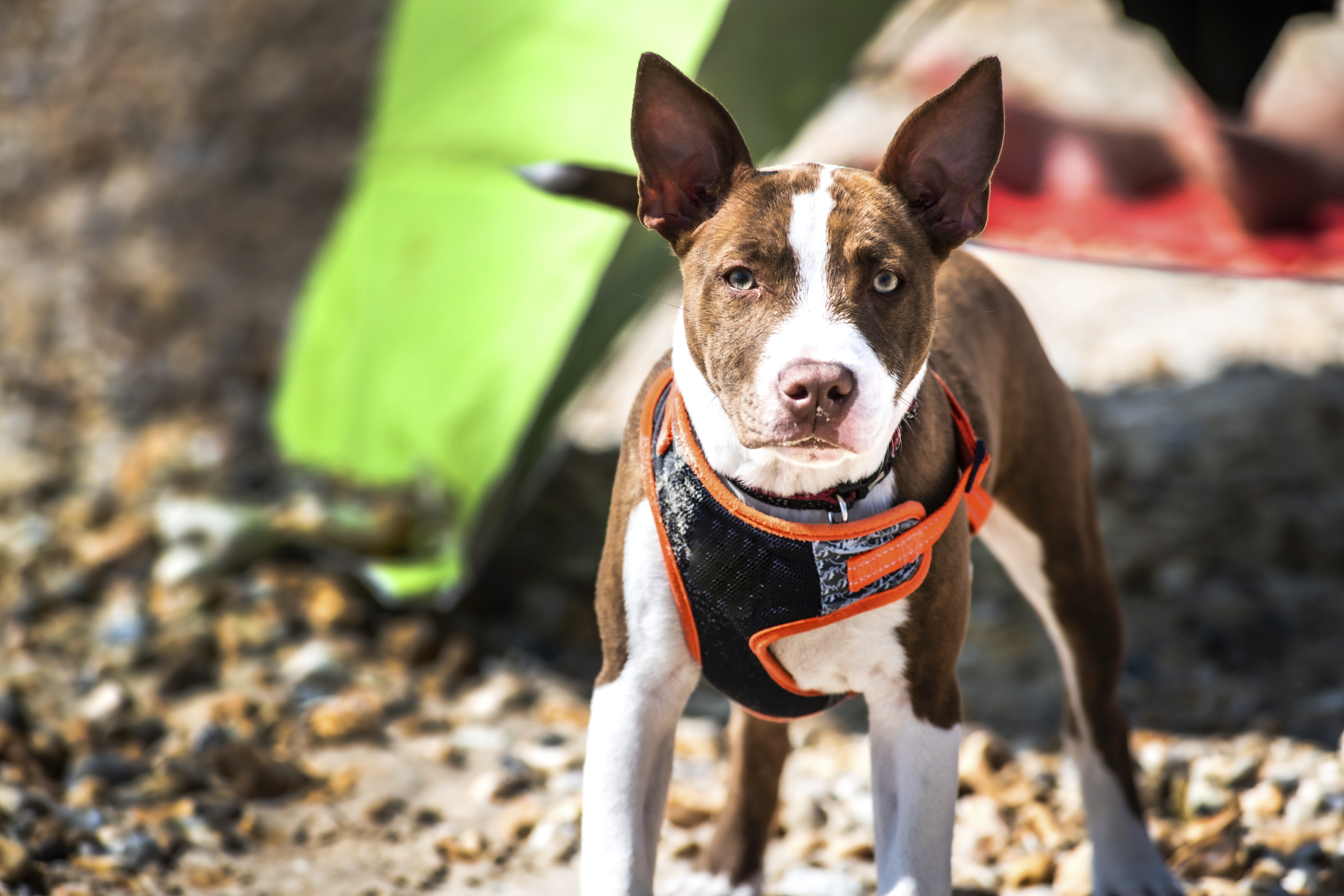
The right gear can make a significant difference in keeping your dog cool during summer activities. Lightweight, breathable collars and harnesses are essential, as they allow for better airflow and prevent overheating. Avoid using heavy or dark-colored materials that can absorb heat. Additionally, consider investing in a cooling vest or bandana, which can be soaked in water and worn during outings to help regulate your dog’s temperature.
Footwear is another important consideration. Hot pavement can burn your dog’s paw pads, causing pain and injury. Protective booties can shield their paws from the heat, while also providing traction on slippery surfaces. By selecting appropriate gear, you can enhance your dog’s comfort and safety during summer adventures.
6. Grooming for the Season
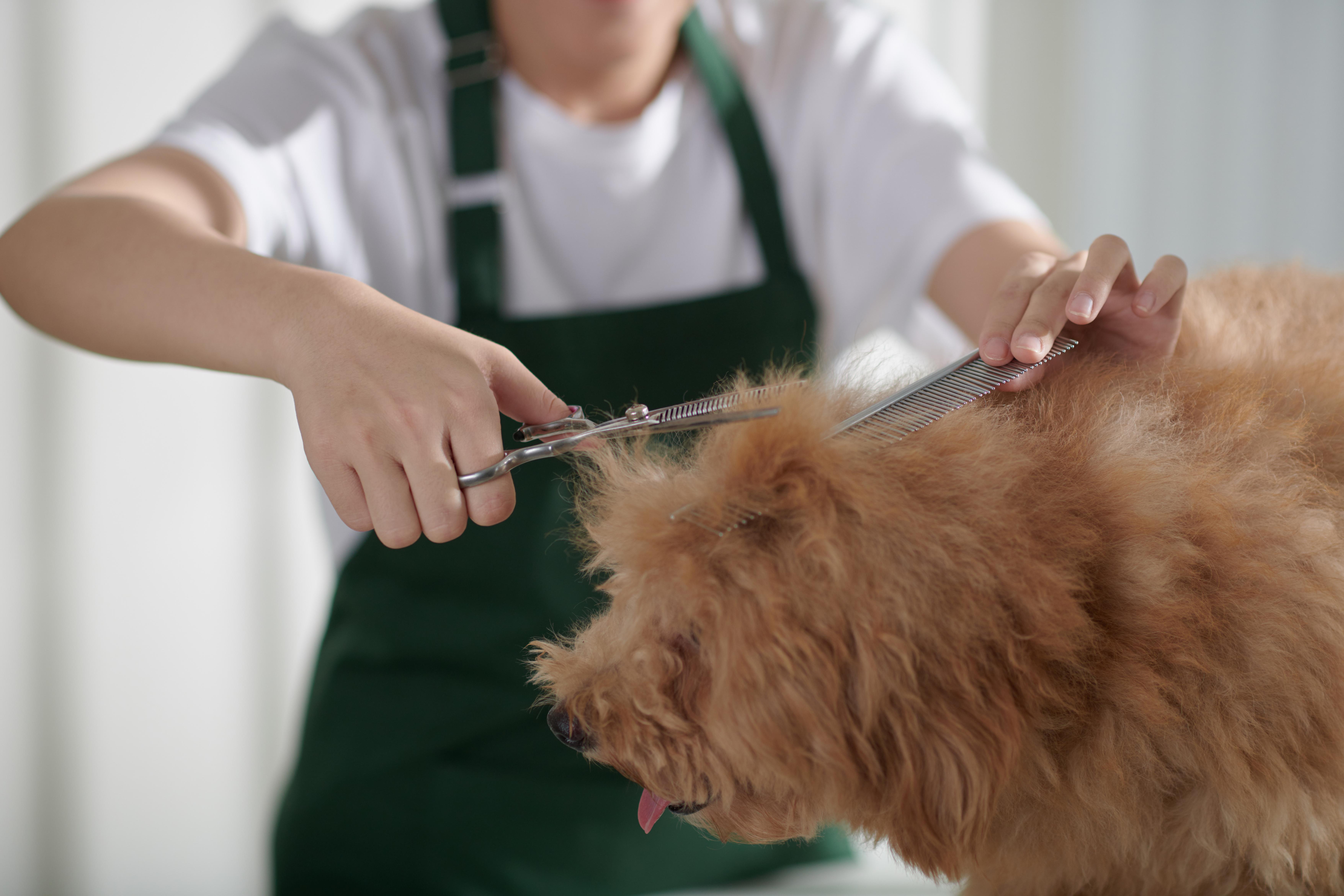
Proper grooming is an often-overlooked aspect of keeping your dog cool in the summer. While it might be tempting to shave your dog’s coat to help them stay cool, this is not advisable for all breeds. A dog’s coat acts as insulation against both heat and cold, and shaving can disrupt this natural temperature regulation. Instead, regular brushing can help remove excess fur and reduce matting, allowing for better air circulation.
For breeds with long or thick coats, a professional groomer can trim the fur to a manageable length without compromising its protective properties. Additionally, keeping your dog’s nails trimmed can improve their comfort and mobility, especially on hot surfaces. By maintaining a proper grooming routine, you can help your dog stay cool and comfortable throughout the summer.
7. Creating a Cool Indoor Environment

While outdoor adventures are a highlight of summer, ensuring a cool indoor environment is equally important. Air conditioning is the most effective way to keep your home comfortable, but if this isn’t an option, fans and open windows can help circulate air. Create a designated cool area for your dog with a fan, a cooling mat, and plenty of water.
Additionally, consider using blackout curtains to block out the sun’s heat during the hottest parts of the day. For dogs that enjoy being outside, a kiddie pool filled with cool water can provide a refreshing retreat. By taking steps to cool your indoor space, you can offer your dog a haven from the summer heat.
8. Understanding Breed-Specific Needs

Different dog breeds have varying tolerances to heat, and understanding these differences is crucial for their safety. Brachycephalic breeds, such as Bulldogs and Pugs, are particularly susceptible to heat due to their short snouts, which make breathing more difficult. These breeds require extra caution and should avoid strenuous activity during hot weather.
Conversely, breeds with thick coats, like Huskies and Malamutes, may seem ill-suited for summer but have natural adaptations to handle temperature extremes. Regardless of breed, it’s essential to monitor your dog’s behavior and adjust activities accordingly. By being aware of your dog’s specific needs, you can tailor your approach to keeping them safe and comfortable.
9. Traveling Safely with Your Dog

Summer often means road trips and vacations, and ensuring your dog’s safety during travel is paramount. Never leave your dog in a parked car, as temperatures can rise rapidly, even with the windows cracked. If you must travel during the day, ensure the car is well-ventilated and air-conditioned.
For longer trips, plan frequent breaks to allow your dog to stretch, hydrate, and relieve themselves. Consider using a pet seatbelt or carrier to keep them secure during the journey. By taking these precautions, you can ensure that travel is a safe and enjoyable experience for your dog.
10. Engaging in Safe Water Activities

Water activities can be a great way to keep your dog cool and entertained during the summer. However, not all dogs are natural swimmers, so it’s important to introduce them to water gradually. Use a life jacket for added safety, especially in deep or unfamiliar waters. When visiting beaches or lakes, be mindful of currents and water quality. Rinse your dog off after swimming to remove chlorine or salt, which can irritate their skin. By taking these precautions, you can ensure that water activities are a fun and safe way for your dog to beat the heat.
Understanding breed-specific needs and ensuring safe travel and water activities round out a comprehensive strategy for a pawsitively cool summer. With these tips, you can confidently navigate the warmer months, knowing you are providing the best care for your furry friend. Here’s to a summer filled with joy, adventure, and safety for you and your beloved dog.

